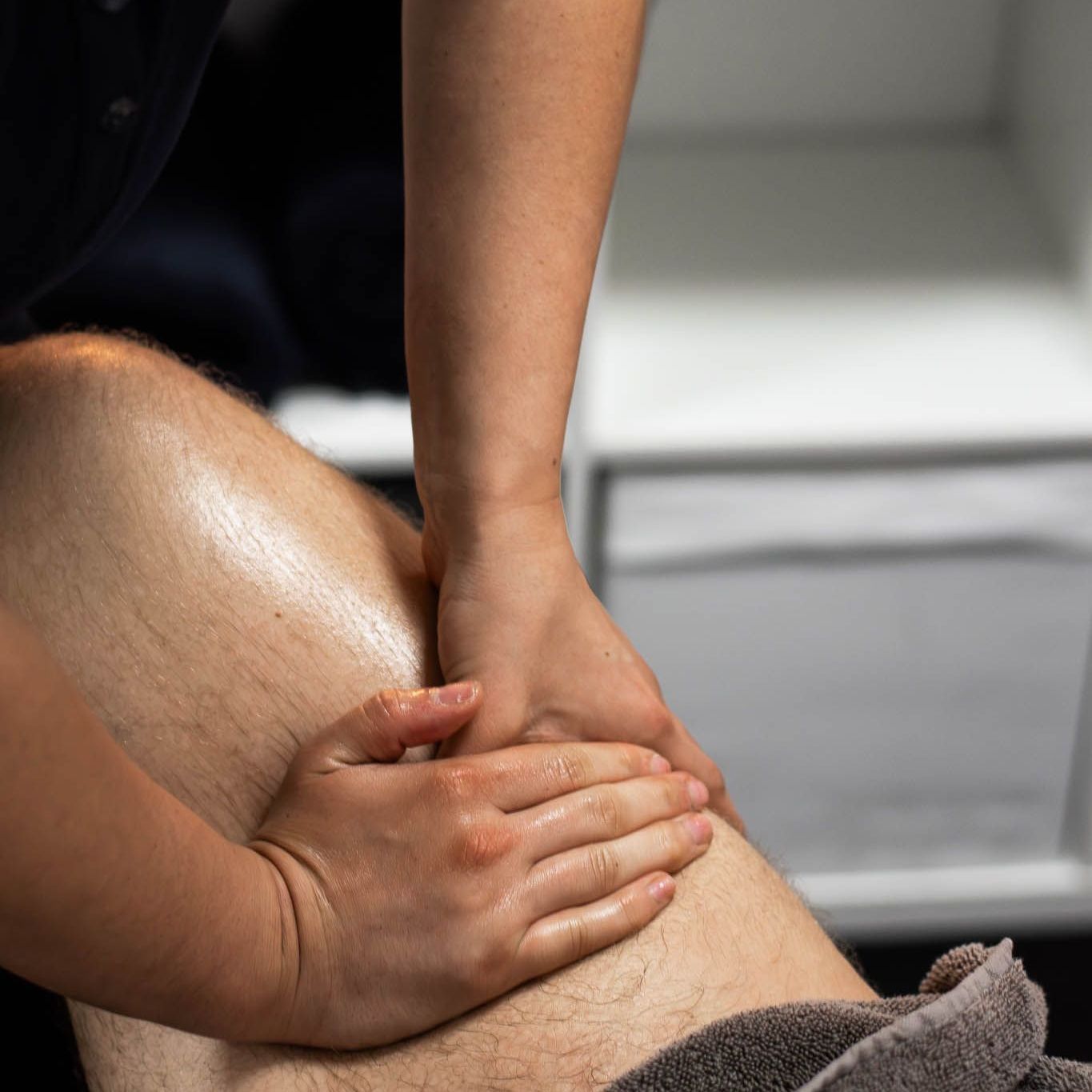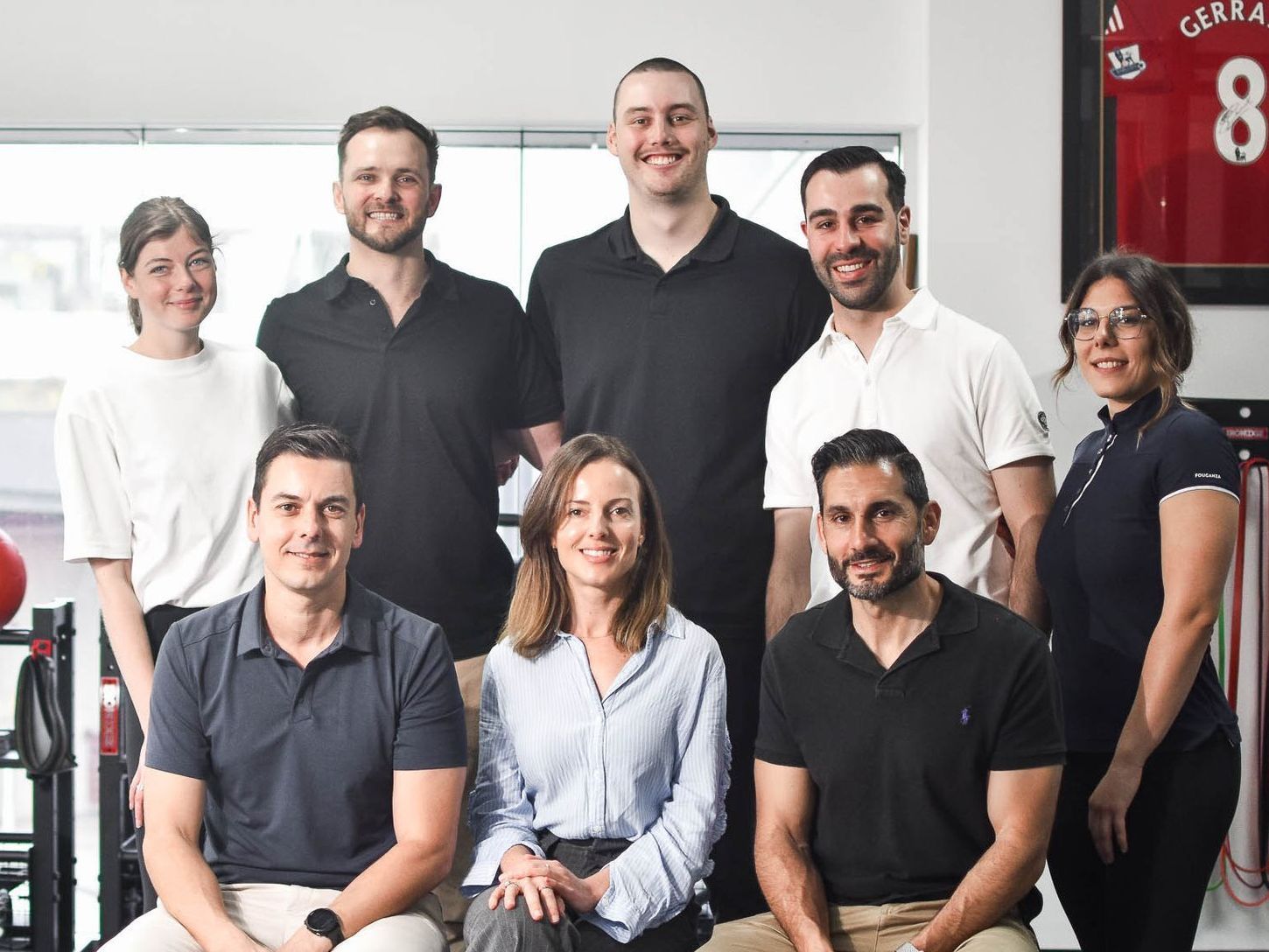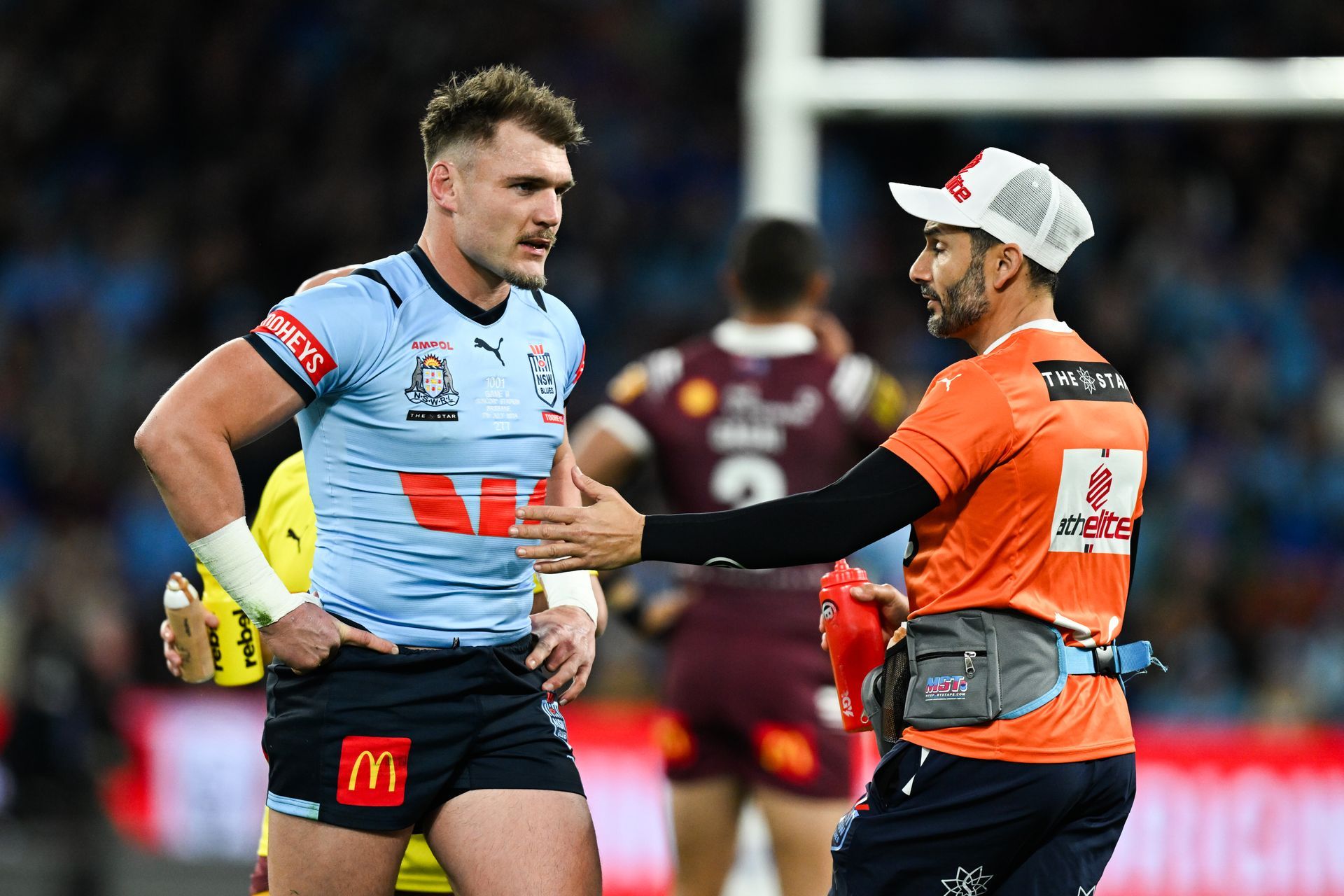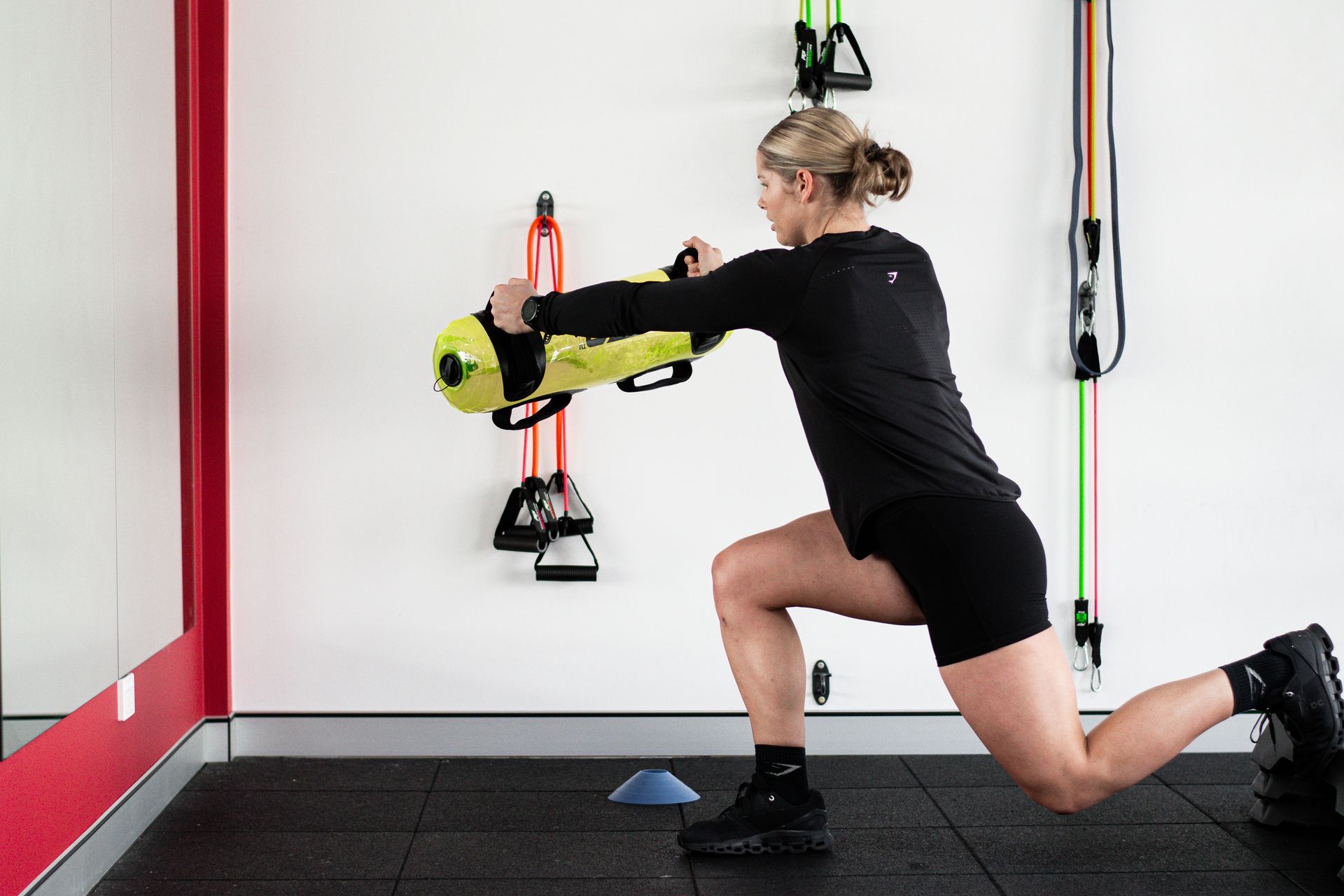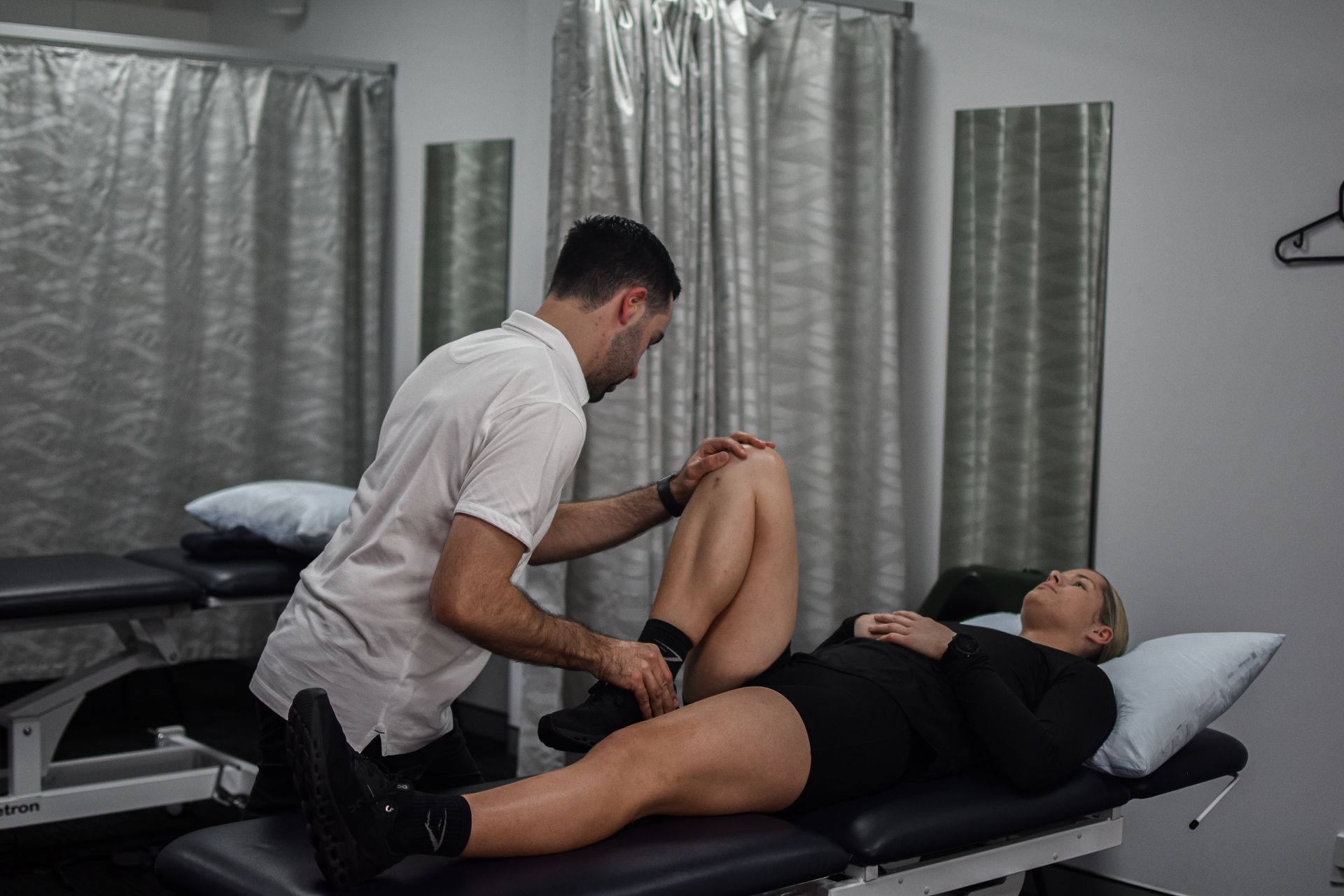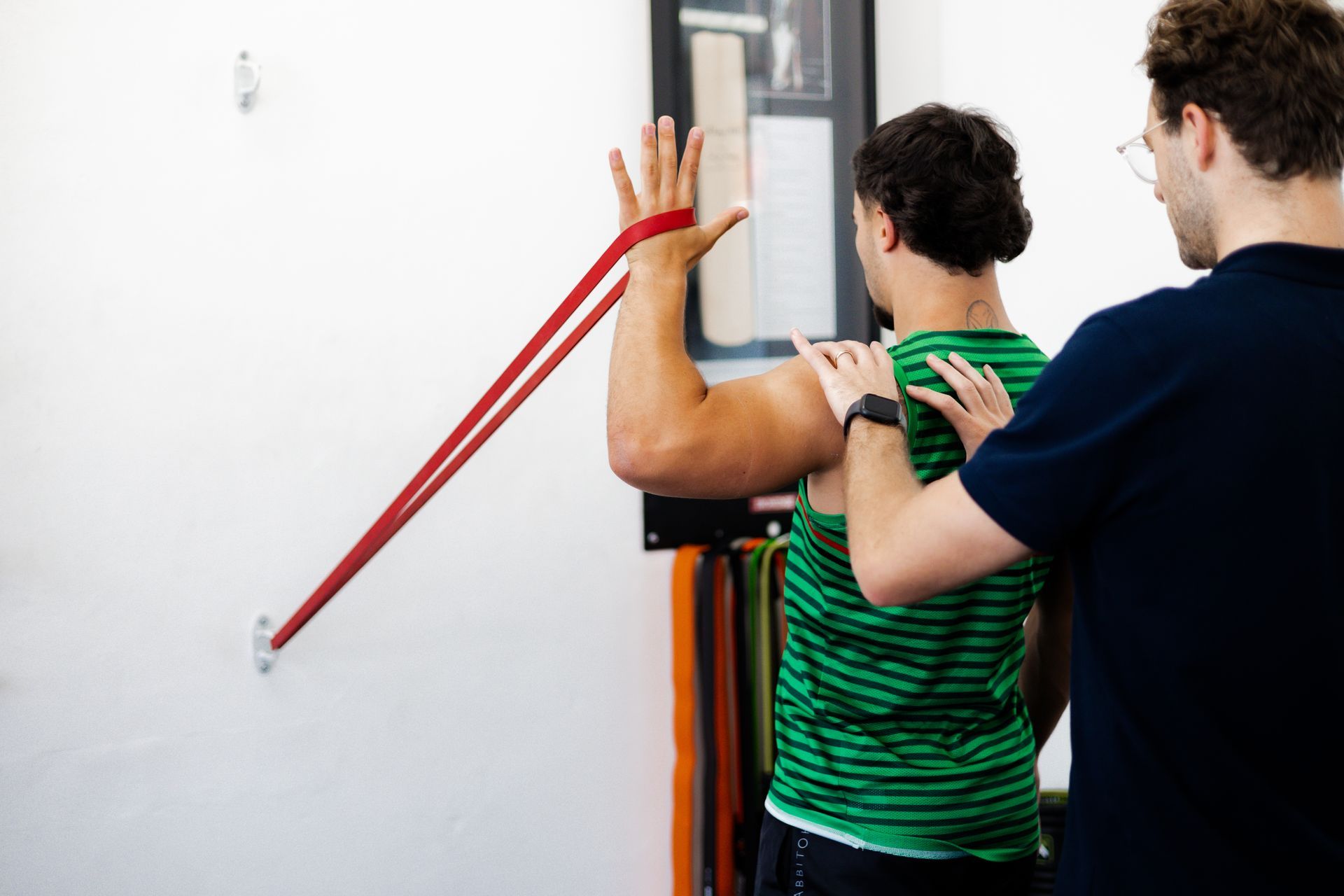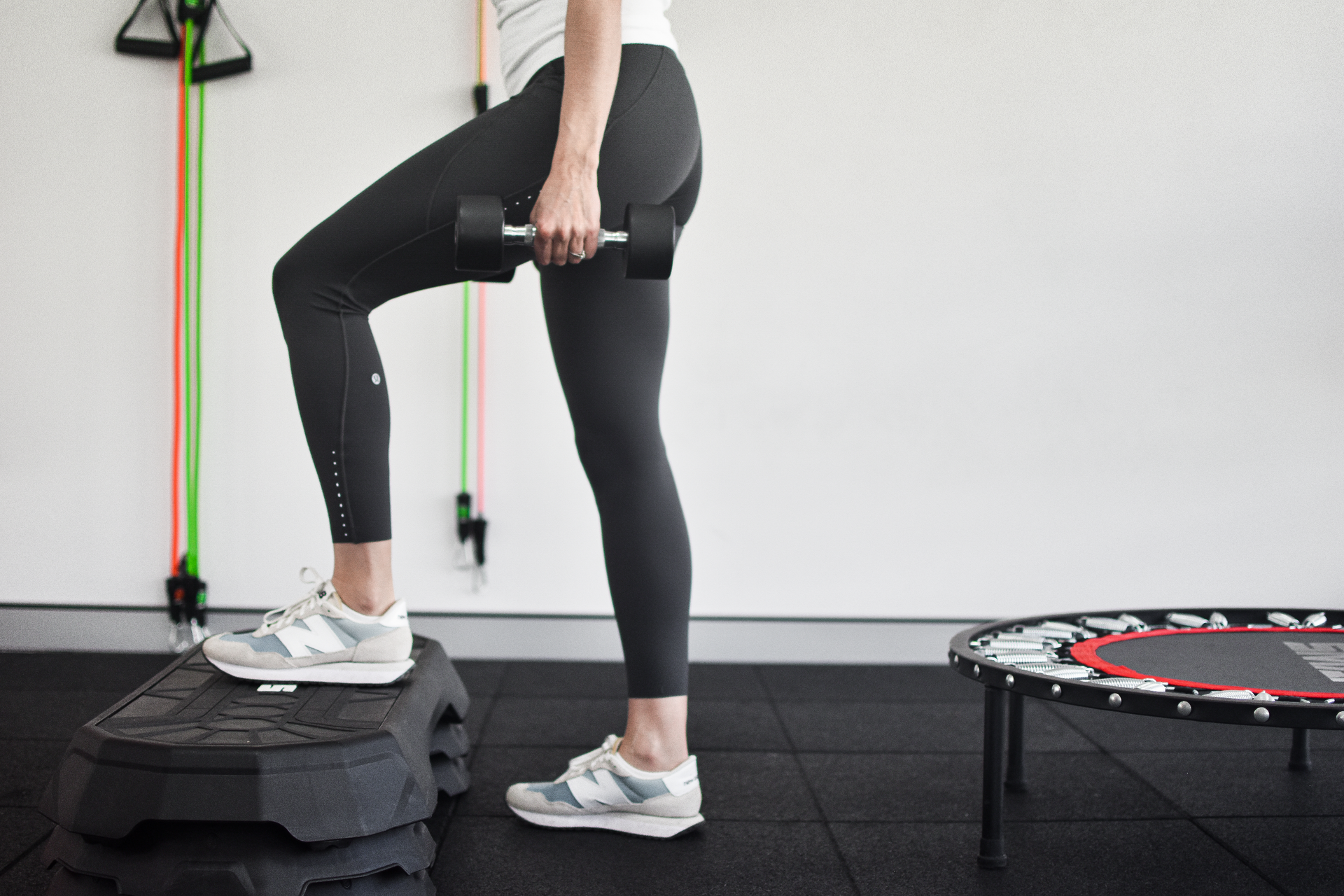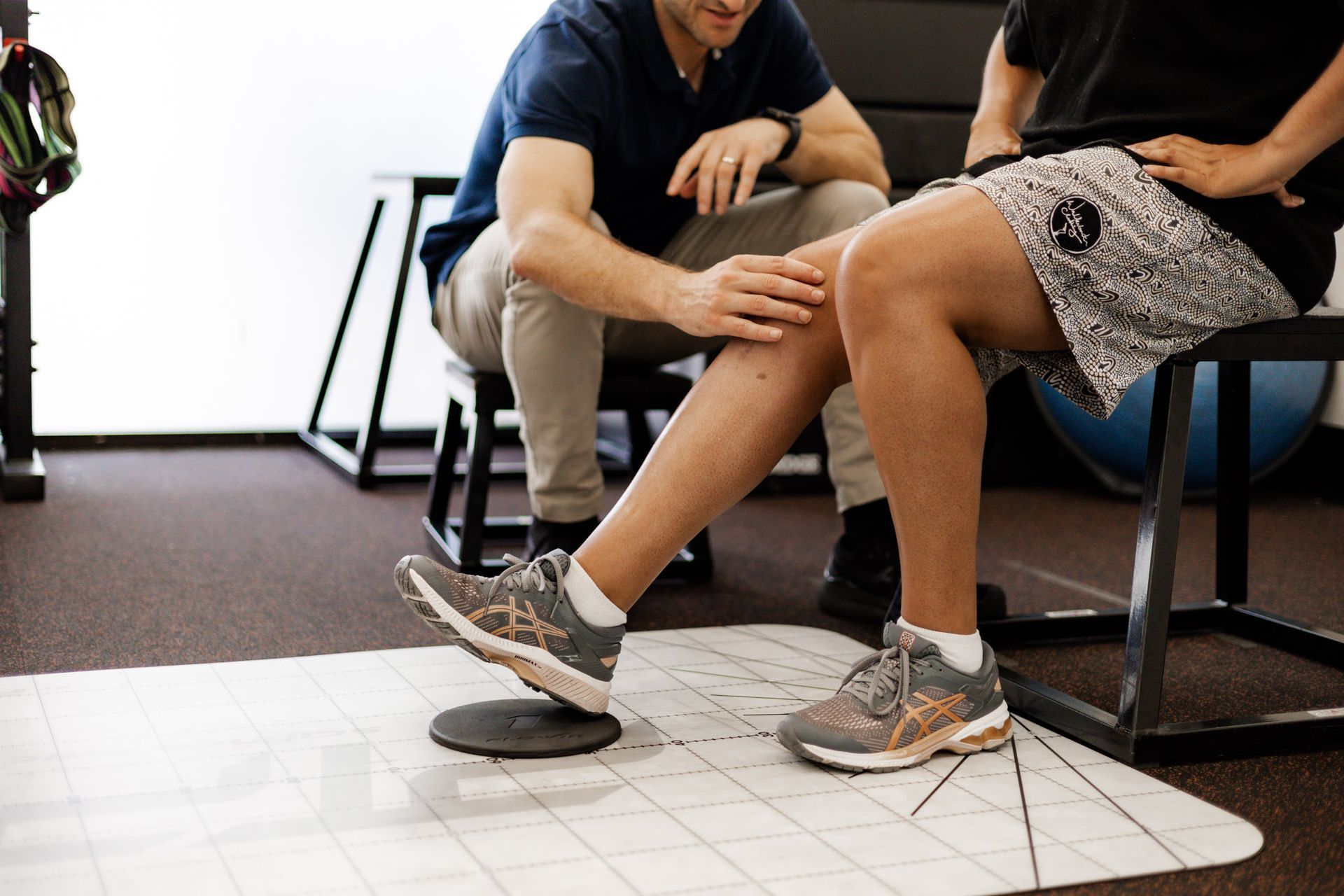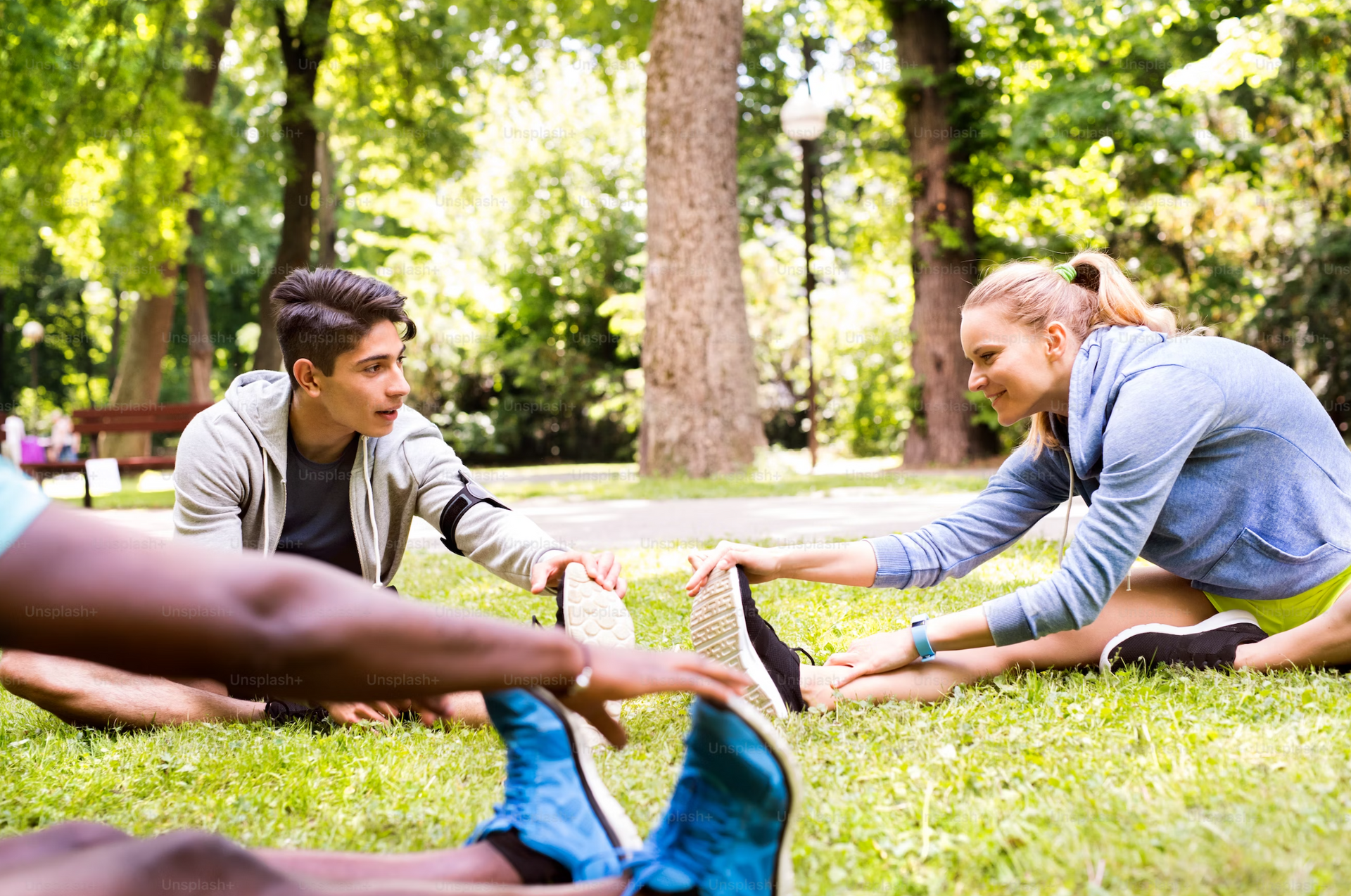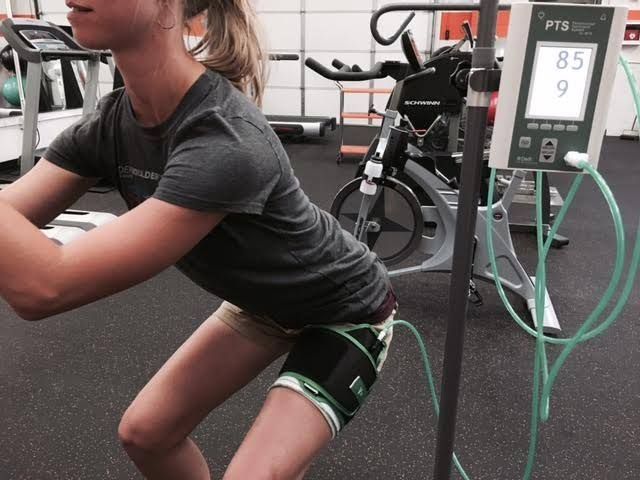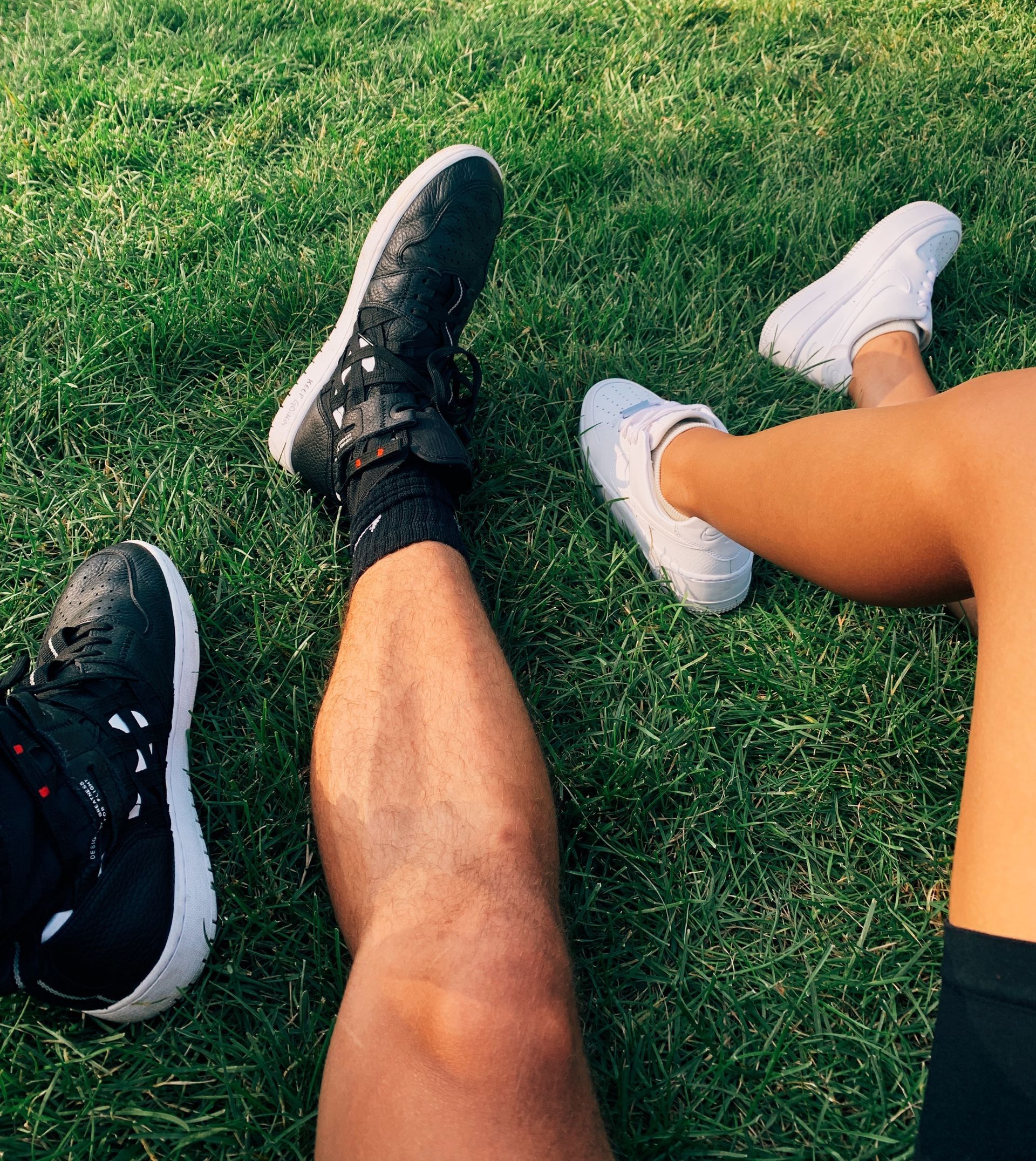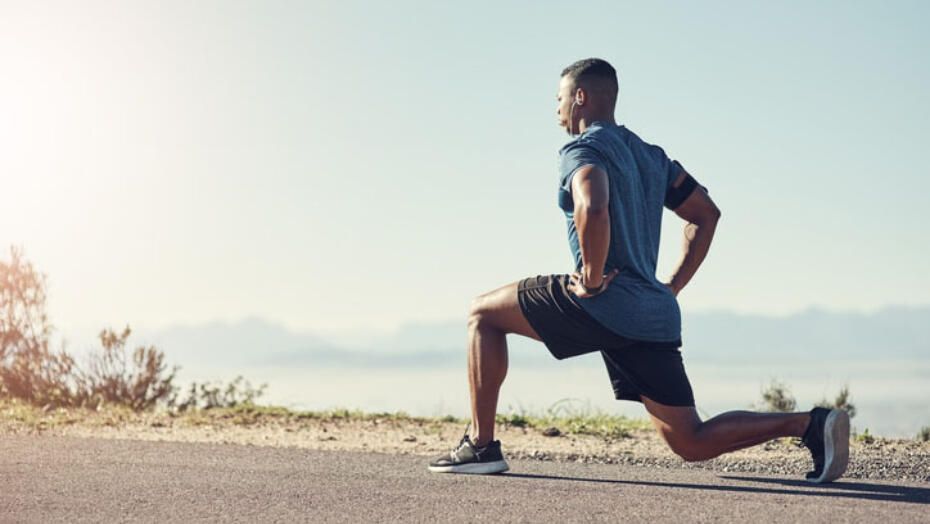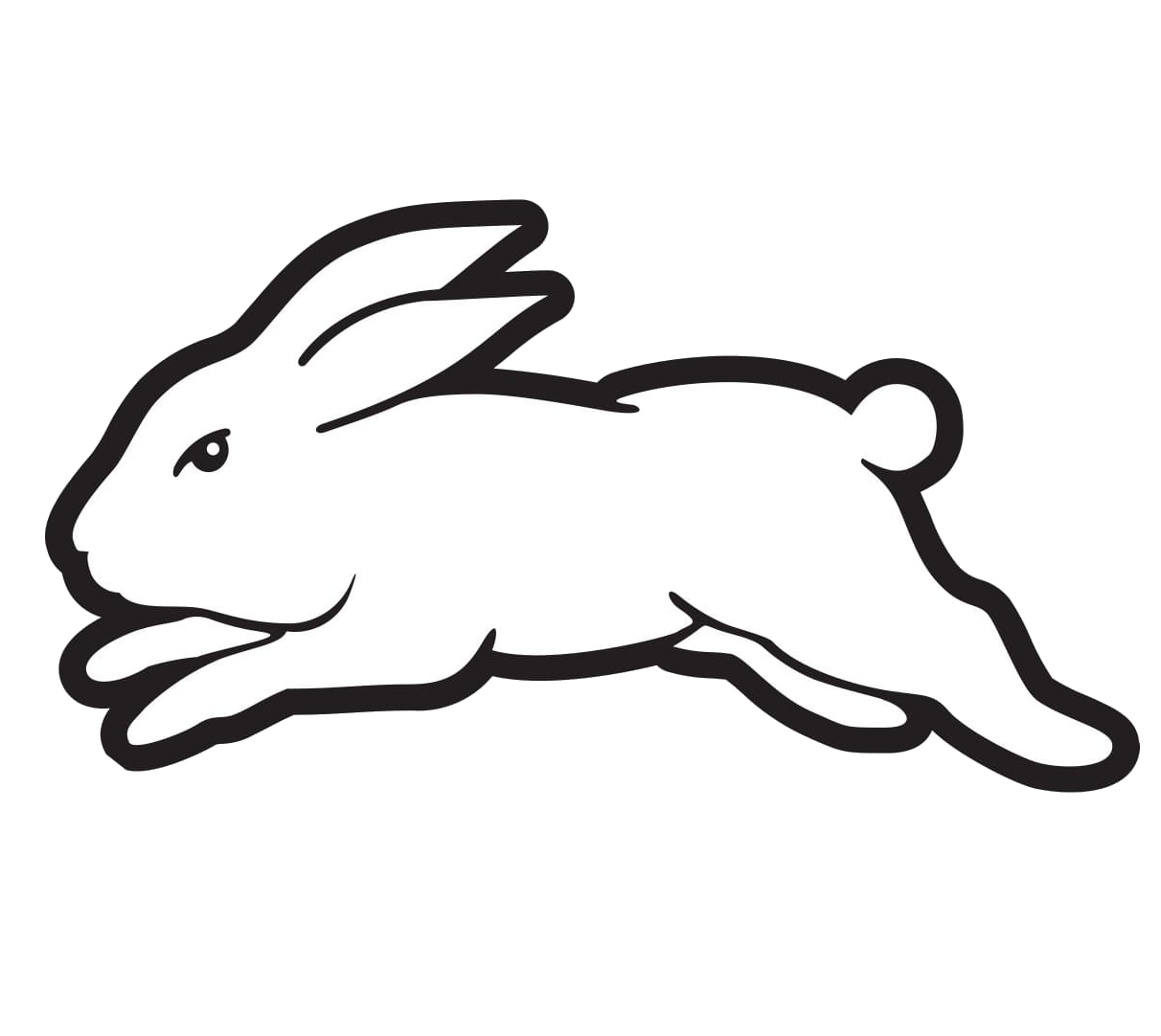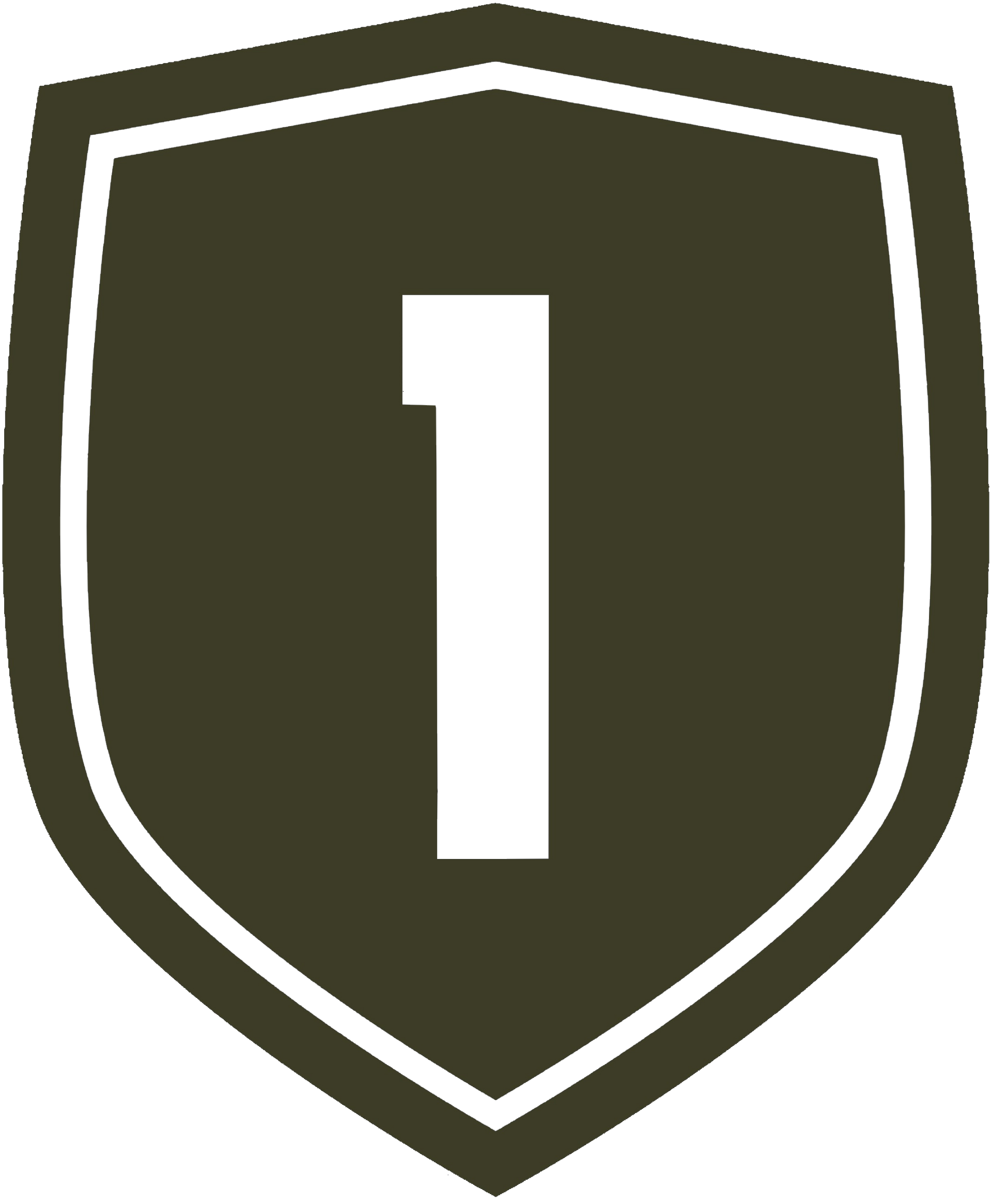Running Into Trouble
Running Into Trouble
With the weather warming up, and many of us finding ourselves with more time to exercise as we work from home, people are taking to running in order to maintain health and fitness. Whilst this means everyone is getting up off the couch, eating better and getting fit, it is also leading to a wide range of overuse and training related injuries.
With all chronic overload injuries, load management should be the cornerstone of any rehabilitation program. An initial reduction of 30% intensity and volume of training is recommended. If this does not result in pain free activity, a further 10% reduction should be applied every week until training does not result in pain. Load should then be progressed gradually (approximately 10% per week) until pre-injury levels are reached.
Other treatment options that will aid in the reduction of intensity and occurrence of lower limb injuries from running include:
- Gait and footwear analysis: to identify abnormalities such as excessive pronation, coordination issues and excessive shock or strain. This may involve retraining the walking/running pattern, increasing the cushioning of shoes or inserting orthotics.
- Range of motion exercises for the hip, knee, ankle and foot to improve blood circulation, reduce inflammation and relieve pain.
- Strengthening of the muscles through eccentric exercises as well as developing core stability via training of the abdominal, gluteal and hip muscles to improve running mechanics.
- Proprioceptive balance training which is crucial in neuromuscular education and will increase the efficiency of joint and postural stabilisation muscles which in turn help the body to react to changes in surface whilst running.
Here are 3 very common conditions related to running and how to manage them:
Achilles Tendinopathy
The Achilles tendon is the largest tendon in the body, attaching the calf muscles onto the heel bone. This band of connective tissue, mostly made up of collagen fibres, can become painful when subject to repetitive and sudden changes in load. Achilles tendinopathy is the term used to describe an overuse injury to this tissue. Tendons that are inflexible and stiff are at a greater risk of injury.
Often those suffering from an Achilles tendinopathy will feel stiffness and pain into the heel/calf in the morning. Symptoms can ease with movement however, the tendon often reaches a threshold point with activity and can become symptomatic again. Swelling or thickening of the tendon may or may not be seen at the site of pain.
Typically, tendons do not have a good blood supply in comparison to other tissues in the body; subsequently any healing takes place on a much slower timeframe. Research has shown the most effective way to rehabilitate a tendon and enable it to tolerate load again is through eccentric strengthening exercises. This program will be put together by your physiotherapist following a detailed assessment and will be tailored to your specific needs.
Self-massage and stretching will also be beneficial in the rehabilitation of the Achilles tendon and these will also be demonstrated by your treating physiotherapist to form part of your program. By releasing the calf muscles, the load on the Achilles tendon can be reduced leading to a reduction in pain.
Medial Tibial Stress Syndrome - MTSS or Shin Splints
Medial Tibial Stress Syndrome (MTSS), commonly referred to as Shin Splints, is an exercise induced condition that is characterised by pain and discomfort of the lower leg along the inside border of the tibia. Shin Splints are the result of a training error (poor technique) or overload (intensity, duration and repetition) occurring primarily in running and jumping athletes. Tightness and weakness of the calf muscles along with other supporting muscles in the lower leg are the most common cause of MTSS.
Muscle tightness and weakness leads to fatigue and ultimately altered running or jumping patterns. This can place excessive strain on the Tibia causing chronic inflammation of the attachments and bony changes, all leading to pain. Typically, this pain will be experienced at the start of the workout and dissipate once warm, before returning after cooling down. However as the condition worsens it may be experienced throughout the activity leading to being unable to continue.
MTSS is the most prevalent lower leg condition and accounts for 13% to 17% of all running-related injuries. Dancers have been shown to have injury rates of 22% whilst younger population runners and athletics are 13%. Risk factors for developing shin splints include cold weather exercise, poorly trained people, overweight runners, excessive pronation at the foot and excessively tight calf muscles. Symptoms can include:
- dull pain and mild oedema along the second third of the posteromedial tibia
- pain that develops either side of shin during exercise
- swelling, heat and redness of the shin region
- numbness or weakness in the feet
- associated muscle pain of the legs
Ceasing the provocative activity is the most effective treatment for MTSS along with ice to relive pain and inflammation. Symptoms will return upon resumption of exercise unless preventative treatment and rehabilitation program is applied in consultation with you physiotherapist.
Acute phase: involves mainly rest for a period of 2-6 weeks depending on severity. Pain relief is generally through the use of anti-inflammatory medications (in consultation with your doctor) and ice immediately after exercise for 20 minutes. Manual therapy can include dry needling and soft tissue mobilisation such as massage, trigger point therapy and stretching.
Subacute phase: should be focussed on behaviour and training modification such as decreased distance, intensity and frequency by as much as 50%. Uneven surfaces should be avoided and cross training with minimal impact (x-trainer, stationary bike) should be utilised during rehabilitation to compensate for the drop in training load. A stretching/ strengthening (eccentric loading) regime for the calf muscles will prevent muscle fatigue and further exacerbation of symptoms upon return to normal running loads.
Gluteus Medius/Minimus Tendinopathy
A Gluteal Tendinopathy (GT) is a non-inflammatory tendinopathy of the Gluteus Medius and/or Minimus muscles. It is due to excessive hip adduction (hip drop) in combination with other muscle or bone factors and results in moderate to severe disabling pain in the lateral hip region (Greater Trochanter). The gluteus medius and minimus muscles are two muscles found in the posterior aspect of the pelvis. Their places of origin and insertion are very close to one another, which means they act synergistically.
Traditionally a GT was diagnosed as Trochanteric Bursitis due to the similar presentations and focal point of pain. Recent research has shown however that GT is the most common source of hip pain with the condition affecting primarily runners and less active people. Women are 2-4 times more likely than men to develop a GT and as many as 1 in 4 females over 50 are likely to be affected by a Gluteal Tendinopathy. Research has shown that as much as 35% of those with low back pain (LBP) develop a GT with increased duration of LBP resulting in an increased risk of developing a tendinopathy.
A GT is a result of repeated and excessive loading of the tendon due to factors mentioned above. Some symptoms may include:
- Pain is often described as a constant ache or bruising on the side of the hip
- Increased pain and stiffness during the night or first thing upon waking
- The area is tender, warm, red or swollen
- A crunch sensation during weight bearing
- Pain when you run, walk up and down stairs, or balance on one leg
- Discomfort at night or trouble finding a comfortable sleeping or sitting position
Physiotherapy has been shown to be the best treatment option for managing GT. Initial management involves rest, avoiding the aggravating activity and ice for pain relief (20min every hour for first 72hrs). Gentle range of motion exercises and stretching are important to prevent stiffness, as well as specific treatment modalities applied by your therapist. Other management options that will aid in the recovery from a gluteal tendinopathy include:
- Gait analysis: to identify abnormalities such as excessive foot pronation, coordination issues and hip control issues. This may involve retraining the gait pattern or inserting orthotics.
- Strengthening of the hip, abdominal and core muscles including eccentric exercises for the glute muscles to provide stability and improve tissue tolerance to load.
- Retrain hip and core control
See your physiotherapist at Alexandria Physio for a detailed assessment and tailored rehab plan to manage any of your injuries arising from your running program.

